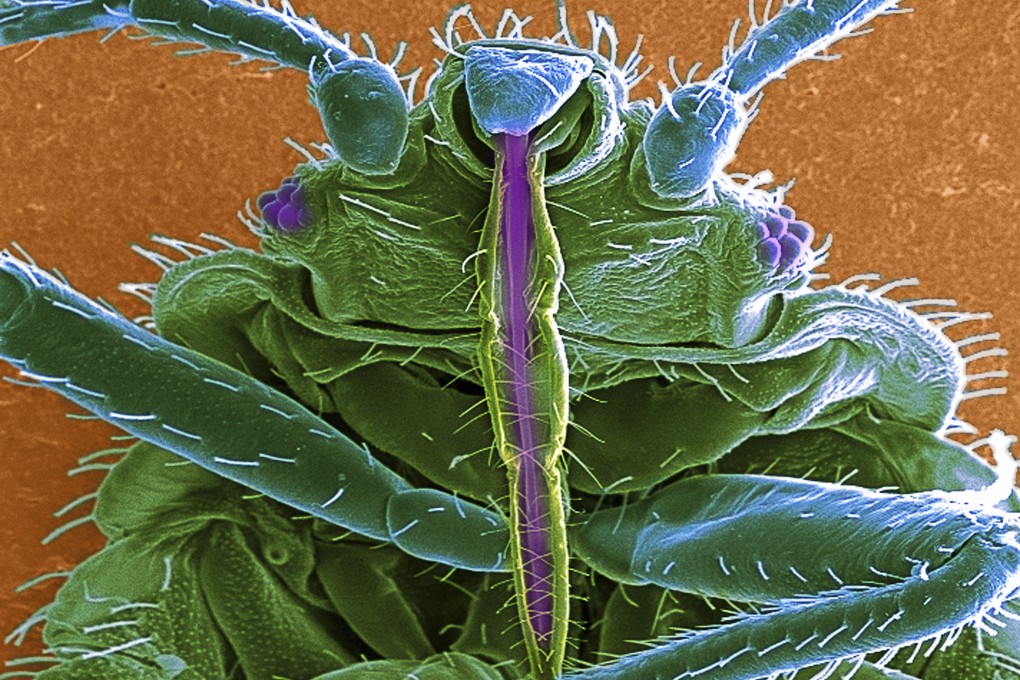Bedbugs: scientists are close to winning the war
Chemicals found in insects' dung will be used against them in traps, writes Sunory Dutt

For five years Regine Gries welcomed 180,000 bedbug bites with open arms, quite literally. She was assisting her fellow biologist and husband Gerhard Gries at Simon Fraser University, Canada in his search to conquer the global bedbug epidemic.
Since Regine is immune to the bites and suffers just a slight rash instead of the ferocious itching and swelling most people suffer, she became the "host".
After years of research, the Gries, along with Robert Britton, a chemist at the university, and a team of students, have found the solution: a set of chemical attractants, or pheromones, that lure the bedbugs into traps and keep them there.
The Gries and their students initially found a pheromone blend that attracted bedbugs in lab experiments, but not in bedbug-infested flats.
After two years of false leads, they finally discovered that the molecule histamine signals "safe shelter" to bedbugs. Once in contact with histamine, the bedbugs stay put whether or not they have recently fed on a human host.
Yet, to everyone's disbelief, neither histamine alone, nor in combination with the previously identified pheromone components, effectively attracted and trapped bedbugs in infested flats.